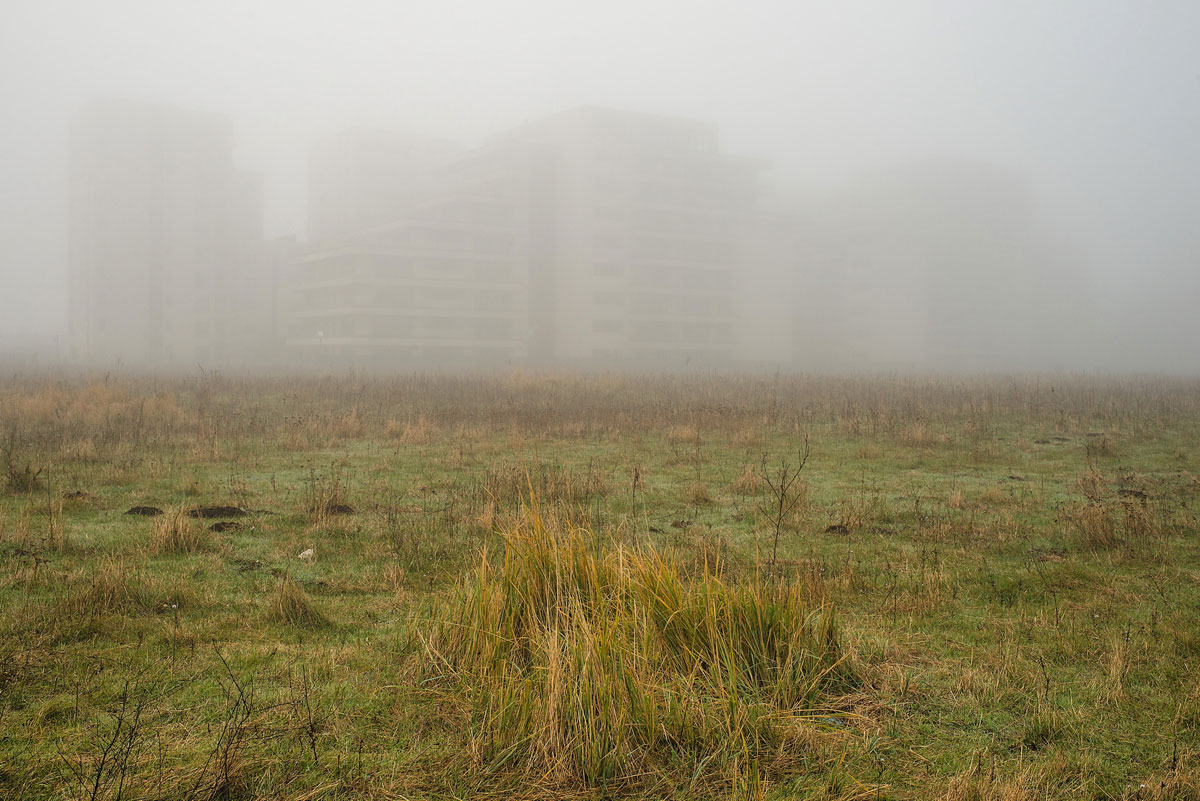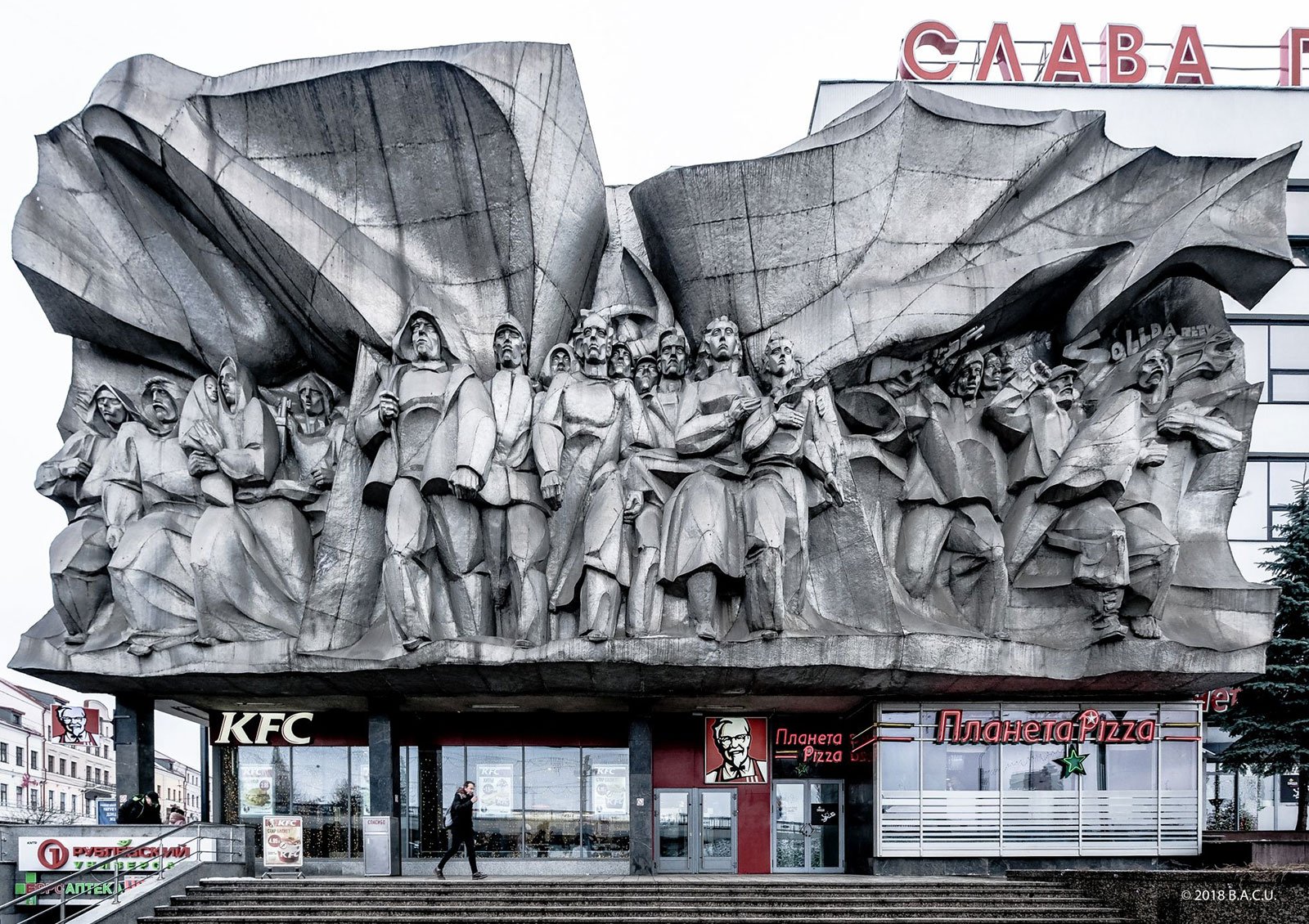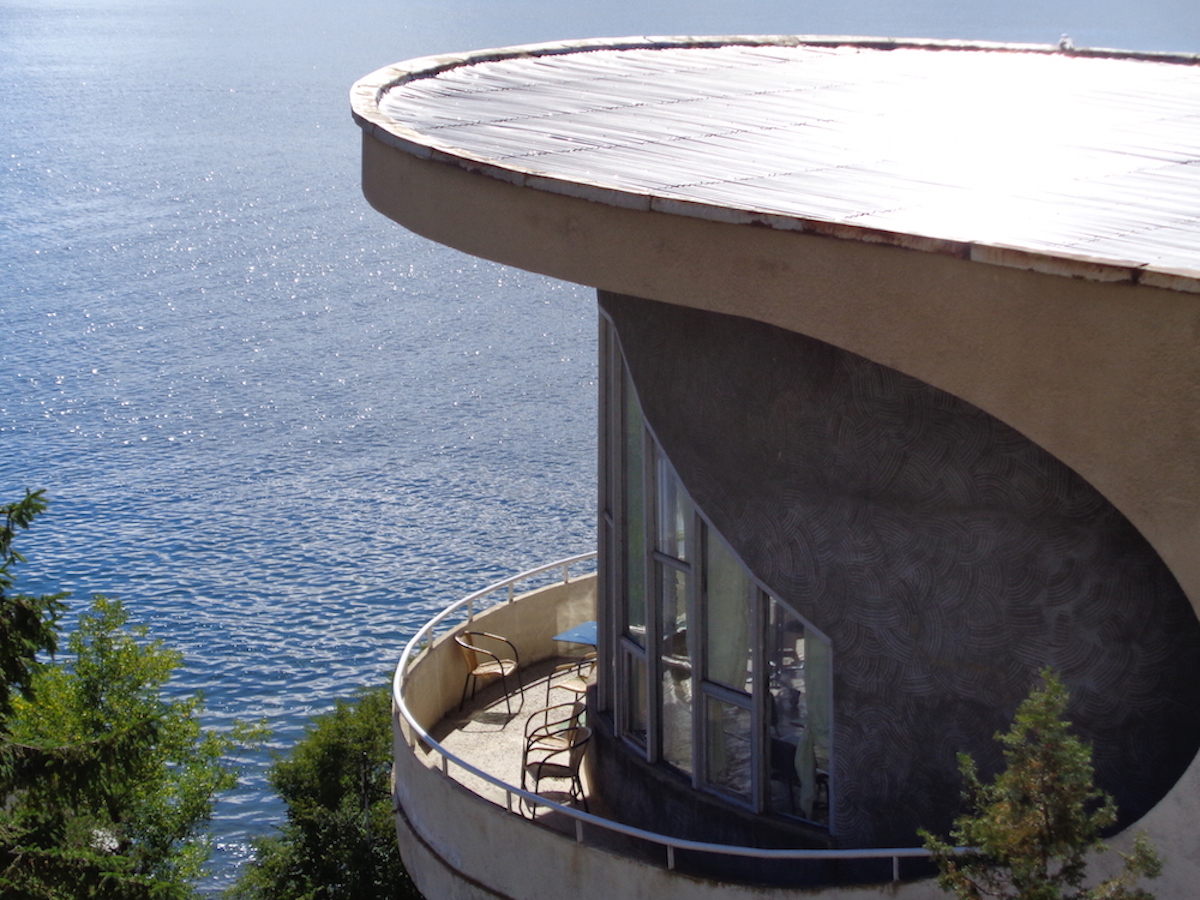In a city that keeps pushing the poor to the peripheries, can walking be a subversive act?
Our friends at Kajet explored the periphery as an overarching theme in their latest issue. Below, we are publishing an extract from an essay on the power of roaming a city that features in the issue.
There is a radical difference, according to Walter Benjamin, between being lost and losing oneself in a city: if the former may well be uninteresting and banal, requiring nothing more than negligence and lack of awareness, the latter necessitates a different kind of predilection. Being adrift means being exposed to novel surroundings. To roam means to welcome chance. When walked and roamed, the city receives new properties, it becomes a laboratory that opens itself to the speculative realm of the unexpected. For Francesco Careri, the roamed city shifts into a “liquid city, an amniotic fluid where the spaces of the elsewhere take spontaneous form, an urban archipelago in which to navigate by drifting. A city in which the spaces of staying are the islands in the great sea formed by the space of going.”
The city is not sheer geography, but a product of historical and social relations, a space produced and reproduced through endless streams of interactions, discourses, and practices that take place between authority and citizens. In this web of exchanges, walking is disruptive: a novel act of defiance against the way we are supposed to utilise the city, it transforms the urban fabric into an enormous anthology of possibilities.
Bucharest
Generations of revolutionaries and vanguards, artists and philosophers, from Charles Baudelaire to Stanley Brouwn, from the Paris Communards to the Situationists, from Henry David Thoreau to Louis Aragon, turned to the street for signs of life as it might exist in the future: “more modern, more free, more full of adventure and mystery.” They recognised that the city is something more than a simple urban place—a complex milieu that functions as a living, breathing, growing universe, full of man-made elements that await being subverted. The attempt to create utopia in the depths of one’s street reminds us not just to study the city as it exists, but to constantly fight back and propose modifications for its future. As an agent of change, the drifter is able to unfold residual elements of social life itself, cultural histories with radical charging, material traces that alter the relationship between public spaces and citizens.
The urban fabric does not just need to be read (interpreted and analysed), but it especially needs to be written (reconfigured and reimagined). According to
Michel de Certeau, the drifter is able to rewrite the city with his own feet, finding shortcuts and back alleys, dead ends and offbeat detours, wrestling with the conformity of urban planning until its components are reconfigured. Walking embodies a form of resistance against instrumentalising spaces that surround the citizens of modern metropolises. Interacting with the public space is not a latent activity for Gaston Bachelard, who sees it as an instinctive phenomenon that takes place in direct opposition to stances of obedience; instead of surrendering to oppressive automatisms that cities inscribe on us, walking (and walking aimlessly especially) has the subversive potential to unchain.
Traditionally, the city used to expand upon geographical availability (a condition which was determined organically, not only via empty spaces, but also through natural obstacles, such as rivers, mountains, marshlands that gave shape to the new limits); now, the city has embarked on a different kind of expansion, a dire kind of swallow up approach that cannibalises itself, that removes unwanted components, members, communities and replaces them with more desirable counterparts. Polish urban theorist Krzysztof Nawratek argues that if the most characteristic aspect of the socialist city used to be its relative spatial homogeneity (an intentionally classless and egalitarian city), its capitalist continuation has evolved in the opposite direction: despite declarations of contingency and corporate social responsibility campaigns, the poorest are still pushed toward the periphery, outside the core of the city — and if possible — out of the city’s administrative boundaries entirely.
The post-socialist project has become a self-expanding vast encampment, a formerly seductive black vortex that inhales the public space and spits it out in the shape of hostile architecture and infrastructure. Its contemporary organisation of space—with buildings, street furniture, landscape layouts—is merely a complement to the oppression machine and the physical dimensions of the city. The methods of disciplining dwellers have changed with the new diffusion of power: the evolution of the socialist factory (focused on the reproduction of the labour force) into a post-socialist centre of entrepreneurship (focused on the exploitation of a fluid labour and consumer force). Instead of the socialist city’s strong homogenous political systems with many gaps, the capitalist city is now covered by an enormous amount of micro-structures of power and another enormous amount of micro-structures that fight for power, all united by the ideology of constantly increasing financial gain. Now, power is manifested through systems of norms that force the individual to choreograph his life between discipline and optimisation. In its mutated form, neoliberal capitalism exceeds the corporeal realm and turns to psychopolitics, relying on rituals and the subjects’ automatism of habits, where the body is recalibrated into production units. Through orthopaedic devices, to use Foucault’s terminology, bodies are forged like shapeless dough into plugs and nuts and screws that collectively breathe life into a lifeless anthropomorphic machine that the capitalist subject has come to embody. If for Georg Simmel, the city is an intense stimulator of the human nervous system, a metropolis that shackles human freedom, its instincts, and its life, for Nawratek “every city is founded on violence and exclusion; the question is how the violence is executed and what for.”
Bucharest outskirts
With ambulatory intent seeming to have no place in this kind of contemporary metropolis, then it is precisely this kind of exclusion that makes walking subversive in the first place: transforming the street into an emancipatory site of transgression and the walker into an organism capable of interrupting social order and deviating from systems of governance. Walking is a revolutionary tactic; not in the least, a tool that proposes alternatives with regards to the alienating effect of the modern city, given over to the needs of cars rather than to those of people, to functionalism and utilitarianism rather than to a more complex and playful life, to the compartmentalisation of urban life rather than to the stimulation of real wanderings and encounters. To wander means to leave the path, straying away and diverging from the norm, being on the lookout for one’s lost instincts, freedom, and life. The term dérive indicates not just a means of letting oneself go adrift, of losing oneself if we are to go back to Walter Benjamin, but also a device of actively constructing a new urban master plan.
This is the radical potential that walking can tap into. Drifting means maximising the possibilities of the future as well as the possibilities of the city, becoming an antidote to ritualised life.
This is an extract from an essay first published in Kajet. Get their latest issue, On periphery, here.




